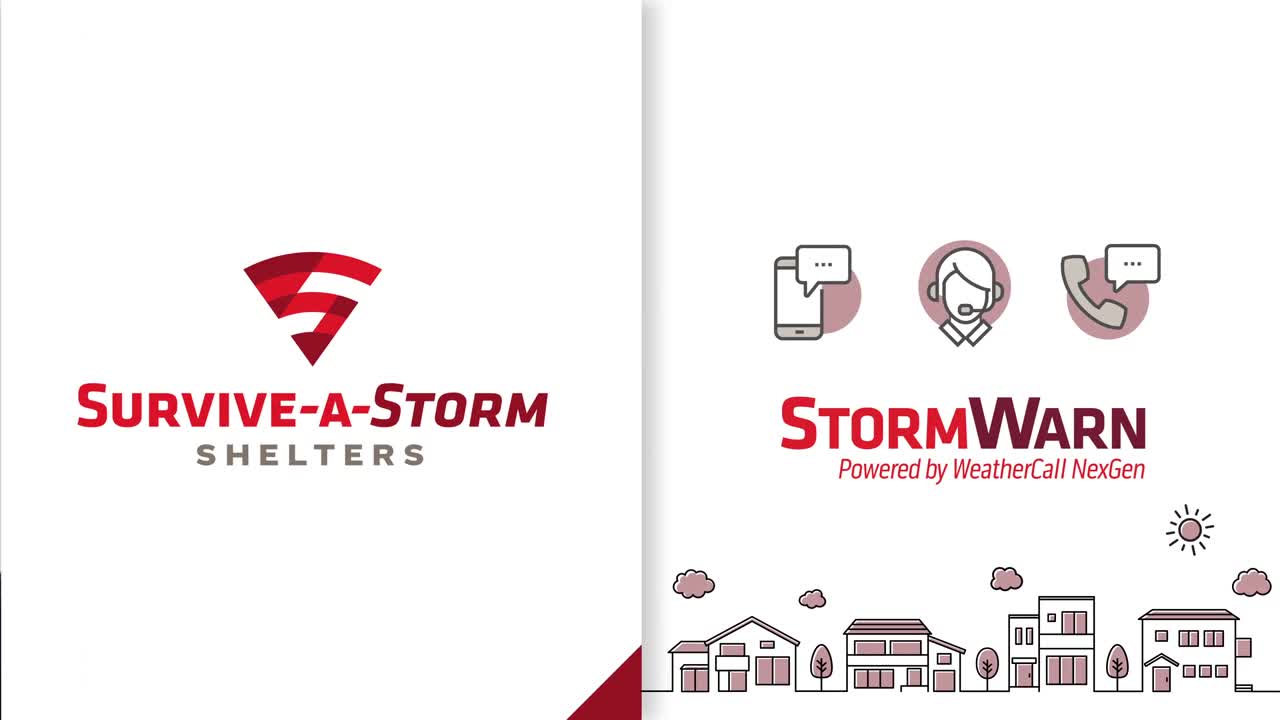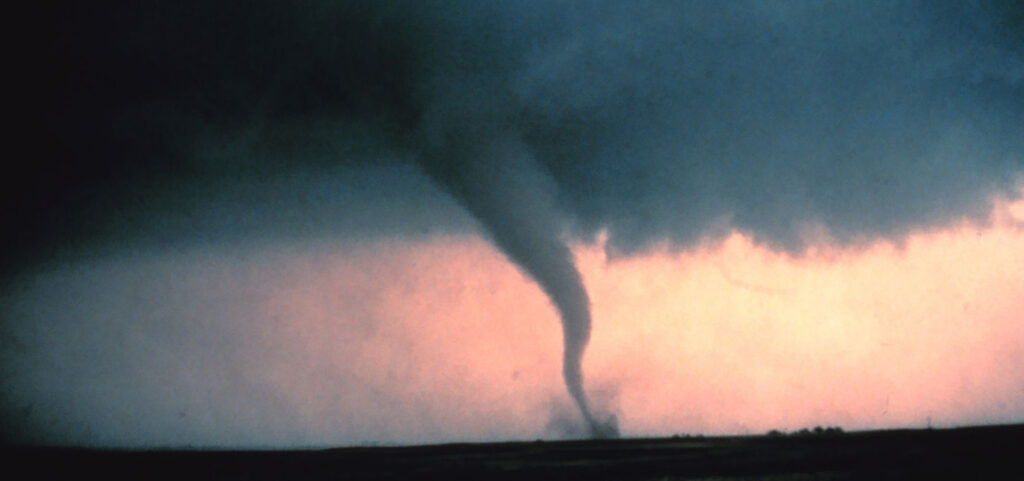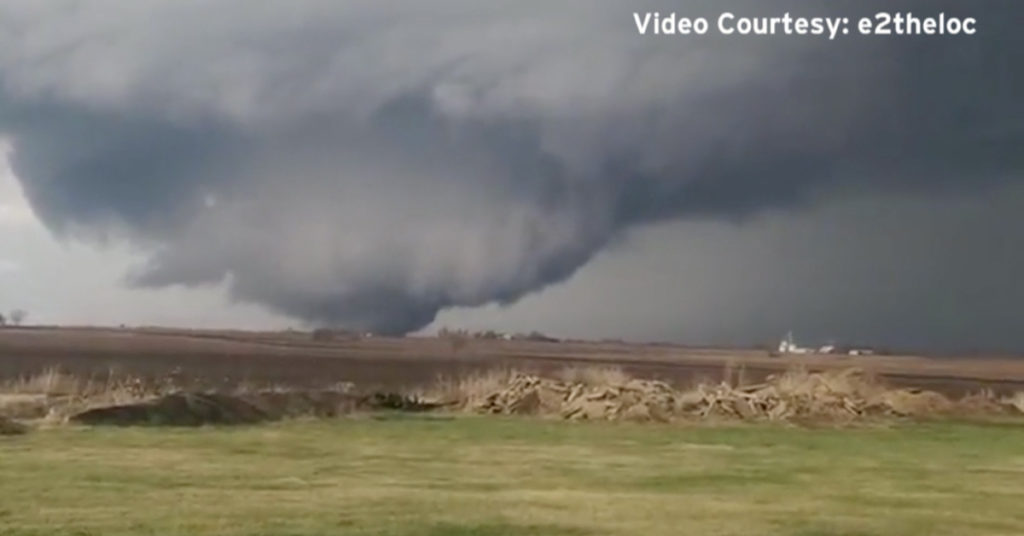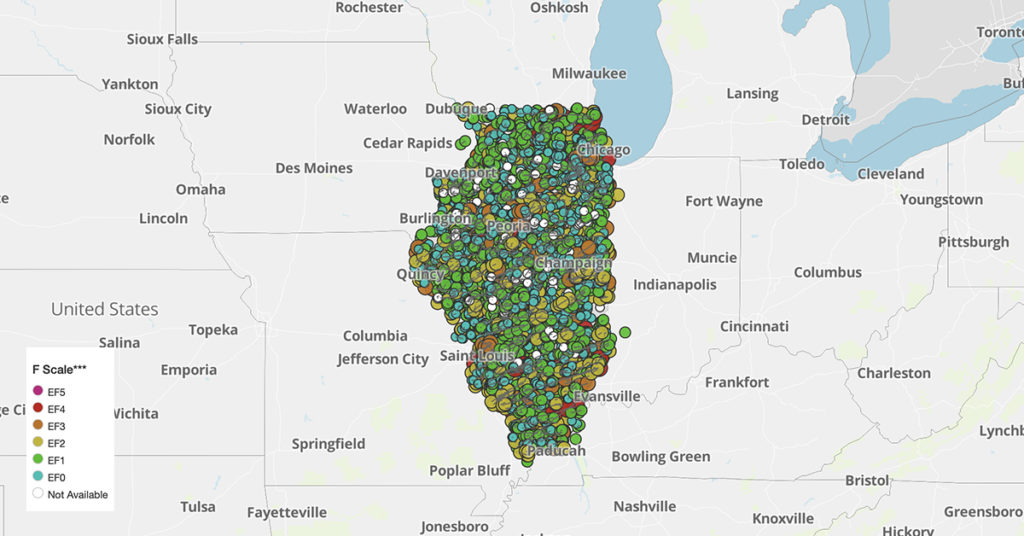Illinois experiences a notable number of tornadoes each year, owing to its location within the Midwest and its susceptibility to severe weather systems. Illinois is one of the top ten states in the United States for tornado frequency and intensity. Here are some historical facts about tornadoes in Illinois:
- The deadliest tornado in Illinois history occurred on March 18, 1925, killing 695 people and causing extensive damage in several towns.
- The second-deadliest tornado in Illinois occurred on April 9, 1947, killing 33 people and causing extensive damage in several towns.
- The most tornadoes in a single day in Illinois occurred on April 19, 1996, when 39 tornadoes were recorded.
- The largest tornado outbreak in Illinois occurred on April 19-20, 2011, when 29 tornadoes were recorded, causing extensive damage and 7 fatalities.
- As of this writing, the most recent EF5 tornado in Illinois occurred on November 17, 2013, in Washington, Illinois, causing extensive damage and killing 2 people.
- EF5 tornadoes are vary rare in Illinois, and the first one recorded there was in 1990. There have been a total of three EF5 tornadoes in Illinois.
- Illinois has had at least one tornado in every month of the year, although tornadoes are most common in the spring and summer months.
Documented Illinois tornadoes since 1950
Preparing for Tornadoes in Illinois
While not a part of the states that make up what is traditionally known as Tornado Alley, Illinois is situated in the heart of the Midwest, and is no stranger to the devastation that can be wrought by tornadoes. These violent and unpredictable storms can strike with little warning, leaving a path of destruction in their wake. That's why it's crucial for residents of Illinois to take tornado preparation seriously.
One of the most important aspects of tornado preparation is having a plan in place. This includes identifying a safe shelter area in your home or workplace, such as a basement or interior room on the lowest level of the building. It's also important to have an emergency kit stocked with essentials like water, non-perishable food, and first-aid supplies.
Another key component of tornado preparation is staying informed about weather conditions. This means having access to reliable sources of weather information, such as a NOAA weather radio or local news station. It's also important to heed tornado warnings and take immediate action to protect yourself and your loved ones.
In addition to individual preparedness, community-wide tornado preparedness efforts are also crucial. This includes ensuring that emergency responders have the resources they need to respond to tornadoes, such as adequate training and equipment. It also means having plans in place for evacuations, sheltering, and post-disaster recovery efforts.
So whether you're a long-time Illinois resident or new to the state, it's important to take tornado preparedness seriously and make it a priority in your life.
Tornado Shelters Near Me in Illinois
You can check with your city or town's website or social media pages for information about public tornado shelters. Some cities and towns have designated storm shelters in public buildings such as schools, community centers, or government buildings that are open to the public during severe weather events.
It's important to note that not all communities in Illinois have designated public tornado shelters, as the safest place during a tornado is often in an underground shelter or safe room. If you don't have access to a public tornado shelter or an underground shelter, it's important to identify a safe place in your home or workplace to seek shelter during a tornado.
Remember, the most important thing you can do to protect yourself during a tornado is to take action quickly and seek shelter in a safe location. Stay informed about weather conditions and listen for tornado warnings and instructions from local authorities. Being prepared and knowing where to go during a tornado can make all the difference in staying safe.

Know when severe weather is about to strike and when it's time for you to take shelter with our StormWarn texting program.


Illinois Tornado Safety Tips
Tornadoes can be extremely dangerous and unpredictable, and knowing what to do in the event of a tornado can mean the difference between life and death. Here are some tornado safety tips to keep in mind if you live in Illinois:
- Have a plan in place: Identify a safe place in your home or workplace where you can take shelter during a tornado. Make sure everyone in your household or workplace knows the plan and what to do in the event of a tornado.
- Stay informed: Stay up-to-date on weather conditions by monitoring local news and weather reports. Pay attention to tornado warnings and seek shelter immediately if one is issued for your immediate area.
- Seek shelter: If a tornado warning is issued, seek shelter in a sturdy, enclosed space on the lowest level of your building. Stay away from windows, and protect your head with a helmet or other protective gear.
- Stay put: Once you are in a safe place, stay there until the tornado has passed and it is safe to emerge. Do not attempt to leave your shelter until you are sure the danger has passed.
- Have an emergency kit: Make sure you have an emergency kit stocked with essentials like water, non-perishable food, and first-aid supplies. Keep the kit in your safe place so it is readily accessible during a tornado.
- Be aware of your surroundings: If you are driving or outside during a tornado, seek shelter immediately. If you cannot get to a safe place, lie flat in a ditch or low-lying area and cover your head with your hands.
- Stay calm: During a tornado, it is important to remain calm and focused. Follow your emergency plan and listen for instructions from local authorities.
Remember, tornadoes can strike without much warning and are dangerous. When you know what to do in the event of a tornado, you and your loved ones will all benefit during severe weather events in Illinois.

Illinois Tornado Shelter FAQs
Q. How common are tornadoes in Illinois?
A. Illinois experiences a significant number of tornadoes each year. On average, the state sees around 50 tornadoes annually, making it one of the states with a relatively high tornado frequency.
Q. When is tornado season in Illinois?
A. Tornado season in Illinois typically spans from March to June, with the peak occurring in May. During this period, atmospheric conditions are favorable for the development of severe thunderstorms and tornadoes.
Q. How can I stay informed about tornado warnings and alerts?
A. It is crucial to have multiple ways of receiving tornado warnings and alerts. Stay tuned to local news channels, listen to NOAA Weather Radio, and make sure you have a reliable weather app or mobile alert system installed on your smartphone. Additionally, signing up for emergency notifications from your county or municipality can help keep you informed. Another option is a location-based tornado alert system, like StormWarn. This system uses GPS and sends alerts to your phone to tell you when it is time to go to your shelter. Alerts are sent when your home is included in the most dangerous area of the storm, using the National Weather System's polygon area as an indicator.
Q. What should I do if a tornado warning is issued?
A. Stay alert. Being in a warning doesn't always mean that you need to jump into your shelter, but it does mean you need to be ready. Watch the news or watch for alerts and when it is time, go to your shelter. Move to your designated tornado shelter or to the safest area of your home. If you don't have a shelter, go to a small, interior, windowless room on the lowest level of your building. Some experts recommend seeking out a bathroom because the internal plumbing in the walls may offer added protection.
Q. Are there any tornado safety tips for outdoor activities?
A. If you are engaged in outdoor activities and a tornado warning is issued, find out if there is a designated tornado shelter nearby. If not, seek shelter in a sturdy building immediately. If no buildings are nearby, and the threat of a tornado is imminent, find a low-lying area and lie flat, covering your head and neck with your hands. Avoid seeking shelter under bridges or overpasses.
Q. What are the signs of an approaching tornado?
A. Some common signs of an approaching tornado include a dark, greenish sky, large hail, a rotating wall cloud, a loud roar resembling a freight train, or a visible funnel cloud. However, it's important to rely on official weather alerts and warnings rather than solely relying on visual cues. Visual cues may not be helpful in areas without the miles of visibility of the plains areas. Once trees, buildings or other landmarks block visibility, visual clues may not help.
Q. How can I prepare for tornadoes in Illinois?
A. To prepare for tornadoes, create an emergency plan that includes a designated safe area in your home and a communication plan for family members. Prepare an emergency kit with essential supplies, such as water, non-perishable food, flashlights, batteries, and a first aid kit. Stay informed about local emergency procedures and practice tornado drills regularly.


